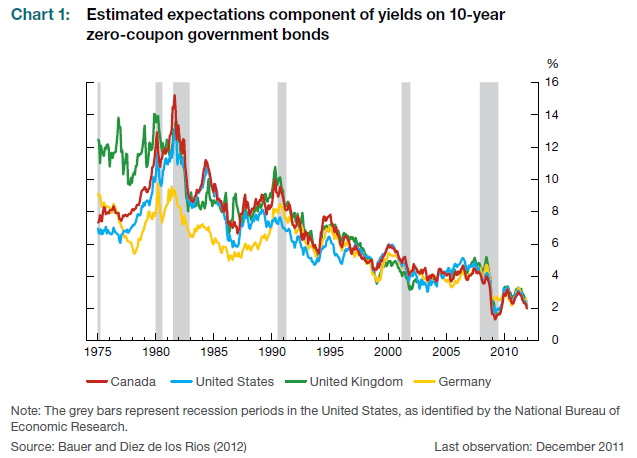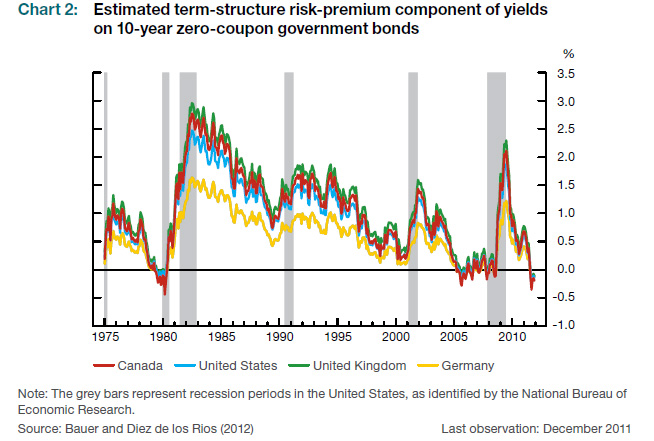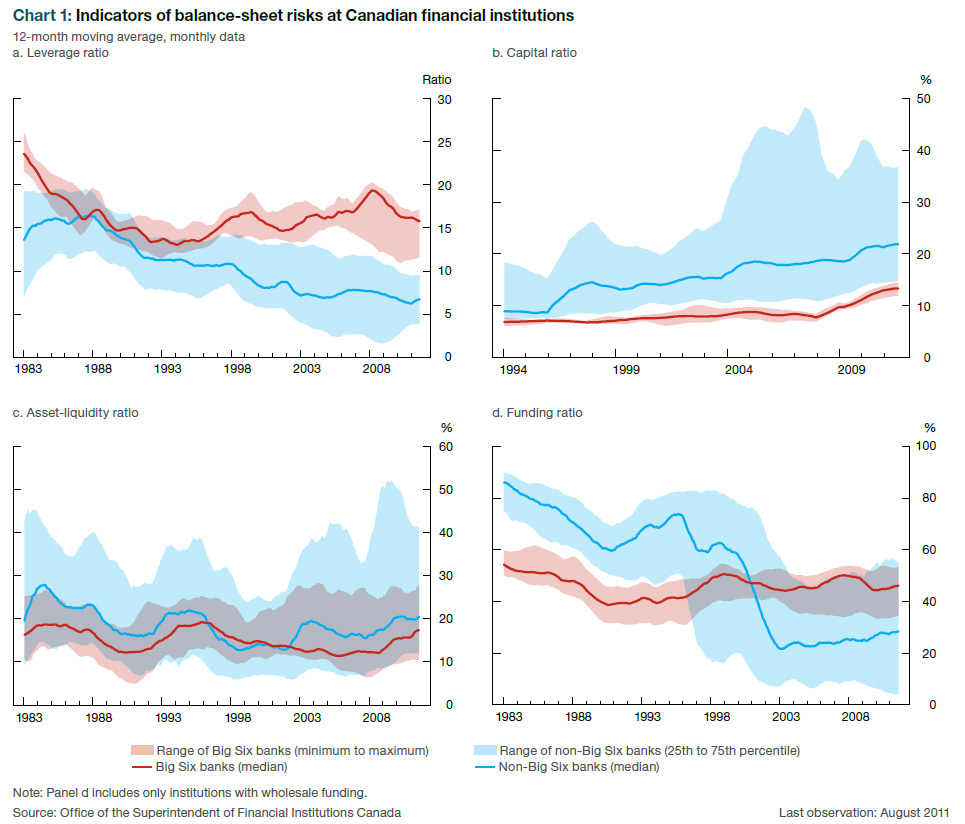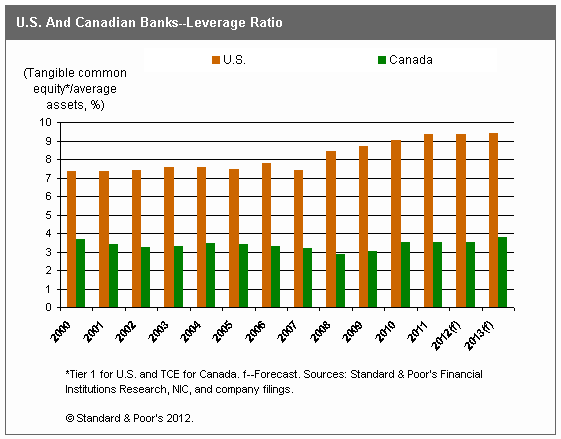Prices in the U.K. capital increased 1.2 percent to an average 483,709 pounds ($766,500), the operator of Britain’s biggest property website said in a report today. Properties in the city’s nine most expensive districts — where average prices exceed 600,000 pounds — surged 3.4 percent. Nationally, values fell 2.6 percent.
…
London’s most expensive districts are attracting investors looking for safer investments and luxury-home values are now 16 percent higher than their previous peak in March 2008, according to property consultant firm Knight Frank LLP. International buyers accounted for 41 percent of London houses bought for at least 1 million pounds in September.London continues to buck the trend nationally, according to Rightmove’s data. The decline in asking prices in England and Wales this month was the biggest in almost a year and left the average at 236,761 pounds. From a year earlier, national prices were up 2 percent versus an 8.8 percent gain in London.
Muddy Waters has blown another whistle:
Olam International Ltd. (OLMIF), the commodities trader part owned by Singapore’s state-owned investment company, plunged the most in four years in U.S. trading after short-seller Carson Block questioned the company’s accounting methods.
The supplier of 20 agricultural goods from cocoa to rubber halted its shares from trading in Singapore today, after it fell 21 percent in over-the-counter trading in New York yesterday, according to data compiled by Bloomberg. The company is booking profits on transactions before it’s clear how the deals will work out over time, Block said.
Olam is “dismayed at the nature and lack of substance” of Block’s comments and wasn’t contacted before by him or his Muddy Waters LLC research firm, Chief Executive Officer Sunny Verghese said in an e-mailed statement. He’s waiting for a report from Muddy Waters and “will strongly defend Olam’s excellent reputation for transparency and good governance,” he said.
U.S. stocks rose, giving the Standard & Poor’s 500 Index its biggest advance in two months, amid better-than-forecast housing data and as President Barack Obama expressed confidence on a budget agreement with Congress.
…
The S&P 500 rose 2 percent to 1,386.89 at 4 p.m. in New York. The benchmark gauge for U.S. equities gained 2.5 percent in two days, the most since July. The Dow Jones Industrial Average added 207.65 points, or 1.7 percent, to 12,795.96. Volume for exchange-listed stocks in the U.S. was 6.2 billion shares, about in line with the three-month daily average.
The Euro, not so much:
The euro slid versus most of its 16 major counterparts after Moody’s Investors Service stripped France of its top government bond rating, renewing concern the currency bloc’s debt crisis is deepening.
The 17-nation euro fell against the dollar and yen after Moody’s cut France by one grade to Aa1 and said its outlook remains negative.
…
“France’s fiscal outlook is uncertain as a result of its deteriorating economic prospects,” Moody’s said in a statement dated yesterday. Moody’s downgrade of the nation follows similar action by Standard & Poor’s in January.A preliminary reading of a gauge of French manufacturing will probably indicate contraction for a ninth-straight month in November, according to the median estimate of economists surveyed by Bloomberg News before the figures are released on Nov. 22. A similar index for services may indicate shrinkage for a fourth consecutive period, a separate poll showed.
The perennial national security regulator revival is going through another whirl:
Three of Canada’s largest provinces are leading a revived effort to create a single agency to oversee the country’s securities markets, an initiative that comes nearly one year after the Supreme Court’s rejection of a national regulator.
I’ve been saying for at least ten years that a truly national securities regulator will not happen. So what? Create a voluntary, opt-in, national regulator. Even if it’s just Ontario and Prince Edward Island, I’m still better off – marginally, to be sure, but measurably – than I am now.
It was a mixed day for the Canadian preferred share market, with PerpetualPremiums up 8bp, FixedResets off 1bp and DeemedRetractibles gaining 14bp. Volatility was very low. Volume was below average.
| HIMIPref™ Preferred Indices These values reflect the December 2008 revision of the HIMIPref™ Indices Values are provisional and are finalized monthly |
|||||||
| Index | Mean Current Yield (at bid) |
Median YTW |
Median Average Trading Value |
Median Mod Dur (YTW) |
Issues | Day’s Perf. | Index Value |
| Ratchet | 0.00 % | 0.00 % | 0 | 0.00 | 0 | 0.0671 % | 2,452.9 |
| FixedFloater | 4.18 % | 3.52 % | 29,274 | 18.27 | 1 | 0.0000 % | 3,853.3 |
| Floater | 2.82 % | 3.02 % | 54,860 | 19.62 | 4 | 0.0671 % | 2,648.5 |
| OpRet | 4.61 % | 0.90 % | 36,187 | 0.60 | 4 | 0.0190 % | 2,592.1 |
| SplitShare | 5.39 % | 4.78 % | 55,579 | 4.42 | 3 | 0.1311 % | 2,848.5 |
| Interest-Bearing | 0.00 % | 0.00 % | 0 | 0.00 | 0 | 0.0190 % | 2,370.2 |
| Perpetual-Premium | 5.25 % | 2.41 % | 72,780 | 0.27 | 30 | 0.0846 % | 2,321.1 |
| Perpetual-Discount | 4.87 % | 4.91 % | 101,601 | 15.56 | 3 | 0.1368 % | 2,614.9 |
| FixedReset | 4.98 % | 2.90 % | 198,133 | 3.94 | 75 | -0.0124 % | 2,450.4 |
| Deemed-Retractible | 4.90 % | 3.36 % | 120,793 | 0.75 | 46 | 0.1413 % | 2,401.5 |
| Performance Highlights | |||
| Issue | Index | Change | Notes |
| MFC.PR.F | FixedReset | 1.11 % | YTW SCENARIO Maturity Type : Hard Maturity Maturity Date : 2022-01-31 Maturity Price : 25.00 Evaluated at bid price : 24.50 Bid-YTW : 3.54 % |
| Volume Highlights | |||
| Issue | Index | Shares Traded |
Notes |
| BMO.PR.Q | FixedReset | 148,529 | Scotia crossed 50,000 at 25.15; RBC crossed 50,000 at the same price; TD crossed 10,000 at the same price again. YTW SCENARIO Maturity Type : Hard Maturity Maturity Date : 2022-01-31 Maturity Price : 25.00 Evaluated at bid price : 25.12 Bid-YTW : 3.01 % |
| FTS.PR.J | Perpetual-Premium | 109,342 | Recent new issue. YTW SCENARIO Maturity Type : Call Maturity Date : 2021-12-01 Maturity Price : 25.00 Evaluated at bid price : 25.21 Bid-YTW : 4.67 % |
| BMO.PR.M | FixedReset | 59,800 | Scotia crossed 30,000 at 25.01; TD crossed 25,000 at the same price. YTW SCENARIO Maturity Type : Hard Maturity Maturity Date : 2022-01-31 Maturity Price : 25.00 Evaluated at bid price : 24.97 Bid-YTW : 3.12 % |
| MFC.PR.B | Deemed-Retractible | 55,386 | Nesbitt crossed 50,000 at 24.10. YTW SCENARIO Maturity Type : Hard Maturity Maturity Date : 2022-01-31 Maturity Price : 25.00 Evaluated at bid price : 24.15 Bid-YTW : 5.10 % |
| CU.PR.C | FixedReset | 49,010 | RBC crossed blocks of 28,200 and 15,000, both at 26.10. YTW SCENARIO Maturity Type : Call Maturity Date : 2017-06-01 Maturity Price : 25.00 Evaluated at bid price : 26.02 Bid-YTW : 3.02 % |
| ENB.PR.N | FixedReset | 37,085 | RBC crossed 14,600 at 25.45. YTW SCENARIO Maturity Type : Call Maturity Date : 2018-12-01 Maturity Price : 25.00 Evaluated at bid price : 25.41 Bid-YTW : 3.69 % |
| There were 25 other index-included issues trading in excess of 10,000 shares. | |||
| Wide Spread Highlights | ||
| Issue | Index | Quote Data and Yield Notes |
| BAM.PR.B | Floater | Quote: 17.50 – 18.00 Spot Rate : 0.5000 Average : 0.3267 YTW SCENARIO |
| GWO.PR.L | Deemed-Retractible | Quote: 26.81 – 27.20 Spot Rate : 0.3900 Average : 0.2546 YTW SCENARIO |
| TCA.PR.Y | Perpetual-Premium | Quote: 52.16 – 52.58 Spot Rate : 0.4200 Average : 0.3043 YTW SCENARIO |
| MFC.PR.A | OpRet | Quote: 25.55 – 25.88 Spot Rate : 0.3300 Average : 0.2262 YTW SCENARIO |
| GWO.PR.Q | Deemed-Retractible | Quote: 26.06 – 26.35 Spot Rate : 0.2900 Average : 0.1903 YTW SCENARIO |
| HSB.PR.C | Deemed-Retractible | Quote: 25.80 – 26.48 Spot Rate : 0.6800 Average : 0.5947 YTW SCENARIO |



